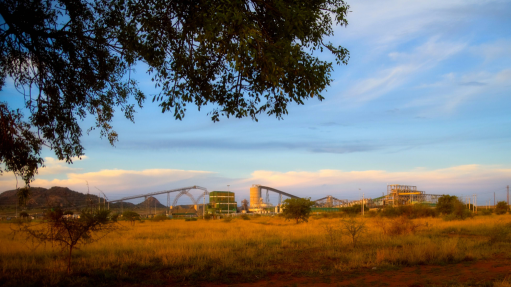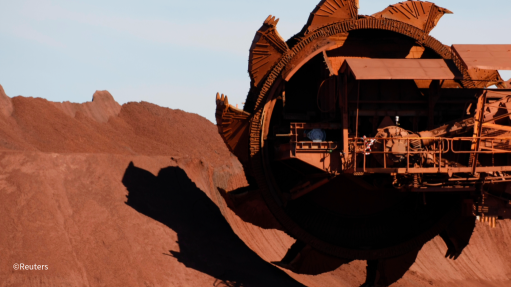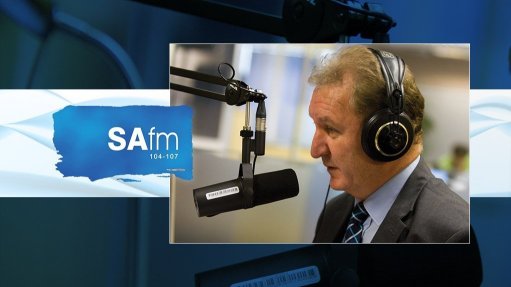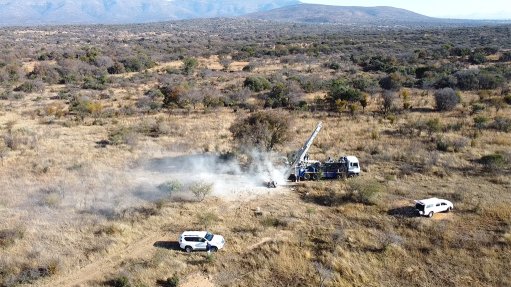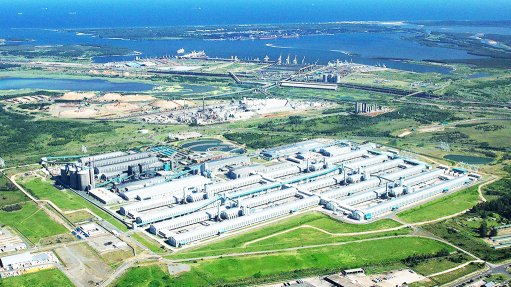Industry revitalisation requires political will


KEVIN GOPAUL Potential clients need assurance that equipment functions as intended and will be supported over its service life. A strong domestic customer base helps instil that confidence
While the South African defence industry grew significantly in the late twentieth century, it has been in decline ever since, owing to budget cuts as well as diminished support from the South African National Defence Force (SANDF), says University of Pretoria (UP) PhD candidate Kevin Gopaul.
Investment from the SANDF and political will are crucial for its revitalisation.
“The end of the Cold War affected most defence industries globally, prompting the need for new policies. South Africa was no exception, as it had to redefine its defence landscape in the wake of large-scale democratisation,” he adds.
There was a temporary resurgence in the late 1990s, owing to the Strategic Defence Package (SDP) – a major defence procurement programme undertaken to re-equip the South African armed forces for the post-apartheid era – which opened the now smaller industry to international markets and led to a positive export trend until the mid-2010s.
Nonetheless, the defence budget has remained stagnant, at about 1% of GDP since 2000. Gopaul avers that the local defence industry’s decline is primarily a result of the lack of support from the SANDF.
“Traditionally, having a local customer for any defence-related capability guarantees the sustainability and resilience of the local industry. Without SANDF investment, the industry struggles to maintain its capabilities and competitiveness.”
Despite policy frameworks, such as the Defence Industry Strategy, introduced in 2020 and which acknowledges the industry’s challenges and proposes solutions, little has changed.
Research by the UP Graduate School of Technology Management identifies techno-nationalism, globalisation and investment in dual technologies as key global trends in the industry. However, technological innovation remains the most critical factor.
“First-tier nations have heavily invested in local research and development capabilities to maintain their innovative edge. For second-tier nations, like South Africa, significant initial investments are necessary to foster independent innovation.”
However, the “historical” scale of the South African defence industry was based on the perceived need that the apartheid government created. There was no longer a need for a strong military and defence industry as the path to democracy was forged.
Gopaul adds that the foundational government support during the years of South Africa’s isolation enabled the industry to flourish, but the momentum was not maintained under the new dispensation, owing to a reallocation of funding and dwindling SANDF support.
To ensure the sustainability of the local defence industry, he argues that the SANDF must play a more active role in supporting local defence firms.
Additionally, the SANDF should make test platforms, facilities and ranges available to the industry to allow for critical test and evaluation activities. This will foster a professional relationship between the industry and the defence force, ensuring confidence in locally developed military equipment.
Gopaul points out that “potential clients need assurance that the equipment functions as intended and will be supported over its service life. A strong domestic customer base helps instil that confidence”.
Political will – which involves the development of defence-related policies, like the Defence Industry Strategy; but more importantly, the implementation of such strategies – remains crucial, according to Gopaul.
He further explains that his research investigating other nations’ approaches to their defence industries has shown that proper implementation of such policies is key.
High levels of corruption are evidenced by the country’s ranking in Transparency International’s anti-corruption indices. It states that while financial and personnel management processes are robust, weak oversight of policymaking and procurement heighten corruption risks.
“It should also be noted that, without addressing governance concerns, South Africa risks following the path of other sub-Saharan States that have struggled with corruption and mismanagement in their defence industries.”
Gopaul cites the Triple Helix Model, which fosters collaboration among universities, industry and government, as a potential model for revitalising the defence industry.
“Research has shown that, with practical application, the defence industry of a small country can gain and share significant technological competencies. The model can drive innovation and create new partnerships between public and private actors.”
He adds that many nations recognise that a robust defence industry contributes to economic growth and have developed policies to ensure its resilience. South Africa’s strong position on the Global Innovation Index – a yearly ranking of countries based on their innovation capabilities and success – should be leveraged to support its defence industry.
“Training and retaining skilled professionals are essential for a successful defence industry. Funding translates into billable hours for engineers, scientists and technicians, ensuring a stable skills and knowledge base.”
Further, South Africa’s arms export trends have fluctuated. The rise of arms exports from 2000 to 2012 was attributed to the SDP and Defence Industrial Participation Programme (DIPP), which enabled local companies to benefit from international partnerships.
However, the subsequent decline thereafter suggests that the gains of the DIPP have long since been eroded. Gopaul cites recent reports that indicate exports are increasing again but cautions that they have not yet reached the levels achieved in the early 2010s.
He concludes that “by focusing on innovation, political will, funding and integrity, South Africa can ensure the sustainability and growth of its defence industry, which remains a critical component of the national economy”.
Article Enquiry
Email Article
Save Article
Feedback
To advertise email advertising@creamermedia.co.za or click here
Announcements
What's On
Subscribe to improve your user experience...
Option 1 (equivalent of R125 a month):
Receive a weekly copy of Creamer Media's Engineering News & Mining Weekly magazine
(print copy for those in South Africa and e-magazine for those outside of South Africa)
Receive daily email newsletters
Access to full search results
Access archive of magazine back copies
Access to Projects in Progress
Access to ONE Research Report of your choice in PDF format
Option 2 (equivalent of R375 a month):
All benefits from Option 1
PLUS
Access to Creamer Media's Research Channel Africa for ALL Research Reports, in PDF format, on various industrial and mining sectors
including Electricity; Water; Energy Transition; Hydrogen; Roads, Rail and Ports; Coal; Gold; Platinum; Battery Metals; etc.
Already a subscriber?
Forgotten your password?
Receive weekly copy of Creamer Media's Engineering News & Mining Weekly magazine (print copy for those in South Africa and e-magazine for those outside of South Africa)
➕
Recieve daily email newsletters
➕
Access to full search results
➕
Access archive of magazine back copies
➕
Access to Projects in Progress
➕
Access to ONE Research Report of your choice in PDF format
RESEARCH CHANNEL AFRICA
R4500 (equivalent of R375 a month)
SUBSCRIBEAll benefits from Option 1
➕
Access to Creamer Media's Research Channel Africa for ALL Research Reports on various industrial and mining sectors, in PDF format, including on:
Electricity
➕
Water
➕
Energy Transition
➕
Hydrogen
➕
Roads, Rail and Ports
➕
Coal
➕
Gold
➕
Platinum
➕
Battery Metals
➕
etc.
Receive all benefits from Option 1 or Option 2 delivered to numerous people at your company
➕
Multiple User names and Passwords for simultaneous log-ins
➕
Intranet integration access to all in your organisation







